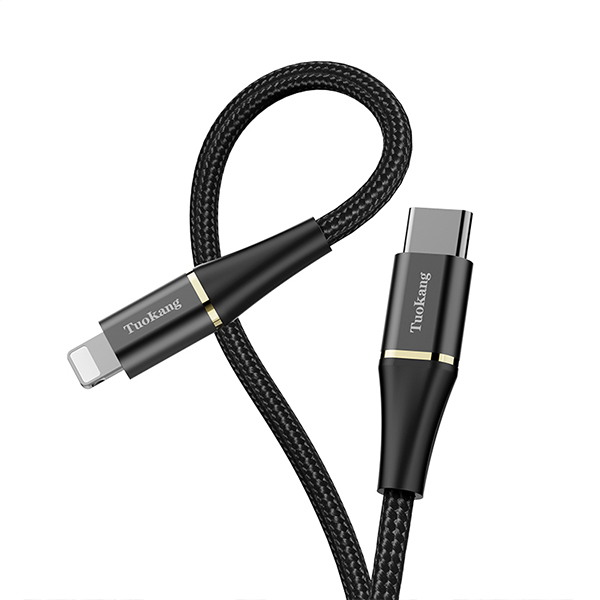Interface innovation is an opportunity with strong certainty in the field of consumer electronics. Compared with Lightning, the interface standard currently used by Apple on the iPhone, USB Type-C has obvious advantages in terms of cost, fast charging, and compatibility, while E-Marker The introduction of the chip will make up for its security shortcomings, so its use in iPhone products will be a long-term trend. Apple 15 has finally switched to the USB Type-C interface. The USB Type-C industry chain has matured, and industry leaders have completed their layout and are waiting for the market to explode. The USB Type-C industry chain mainly includes chips and connectors. Chips are the core of the USB Type-C ecosystem. In addition to chips used in chargers and terminal devices, when it is necessary to fully support the PD standard, it also needs Add an E-Marker chip to the cable to improve the safety of the connector. In terms of connectors, USB Type-C will significantly increase the value of single products. At the same time, because the performance indicators of the USB Type-C interface in terms of data transmission rate and charging power have doubled, it requires suppliers to have higher quality control capabilities. Therefore, wire harness processing companies are expected to benefit deeply and share the market growth dividends. As a production automation equipment that improves core competitiveness, it will be recognized by more markets.
With the application of the Apple 15 Thunderbolt interface (at least three models of the iPhone 15 series are equipped with full-speed Thunderbolt 4), the efficient cost reduction of the Thunderbolt interface manufacturing process has become a critical node in product production, especially because of its Due to high-frequency testing requirements, the original production process must be optimized to stabilize quality and reduce production costs, especially in the production process of laser stripping aluminum foil, laser paint removal, YAG cutting, laser marking, laser welding and other important processes , directly related to the accuracy and efficiency of product testing performance. Due to the advent of Thunderbolt 4, the Type C physical interface, the transmission rate has soared from the original 5Gbps, 10Gbps, and 20Gbps to 40Gbps. While the performance is improved, the requirements for cable processing and production processes are also higher. For this reason, we passed the industry Platform resources found Changrun Laser, a manufacturer dedicated to the technical support of Type c and Thunderbolt production process technology, and shared the information learned during the visit.
At present, the USB4/and Thunderbolt versions are mainly coaxial versions of the process. The following is the current process flow:
Cutting→Take off the outer quilt→Turn over the braided copper foil→Remove the aluminum foil→Threading clip glue→CO2 laser paint removal→Tinning→YAG weaving→Arranging wire glue→CO2 laser inner quilt→Core ratio cutting→Core plating Tin → HotBar welding → Electrical test → Spot UV glue → Assemble the iron shell → Weld the iron shell → Form inner and outer molds → Electrical test → External inspection → Packaging
Manpower required: 70 people
Production efficiency: 300PCS/H
Product yield: 95%-98%
1.1; braid at both ends/strip off about 20mm
1.2; Turn the braid back and wrap it around the outer edge with W=5mm copper
1.3; Tear off the exposed tissue paper and cut off the braid that is not covered with copper foil.
Post time: Sep-04-2023






